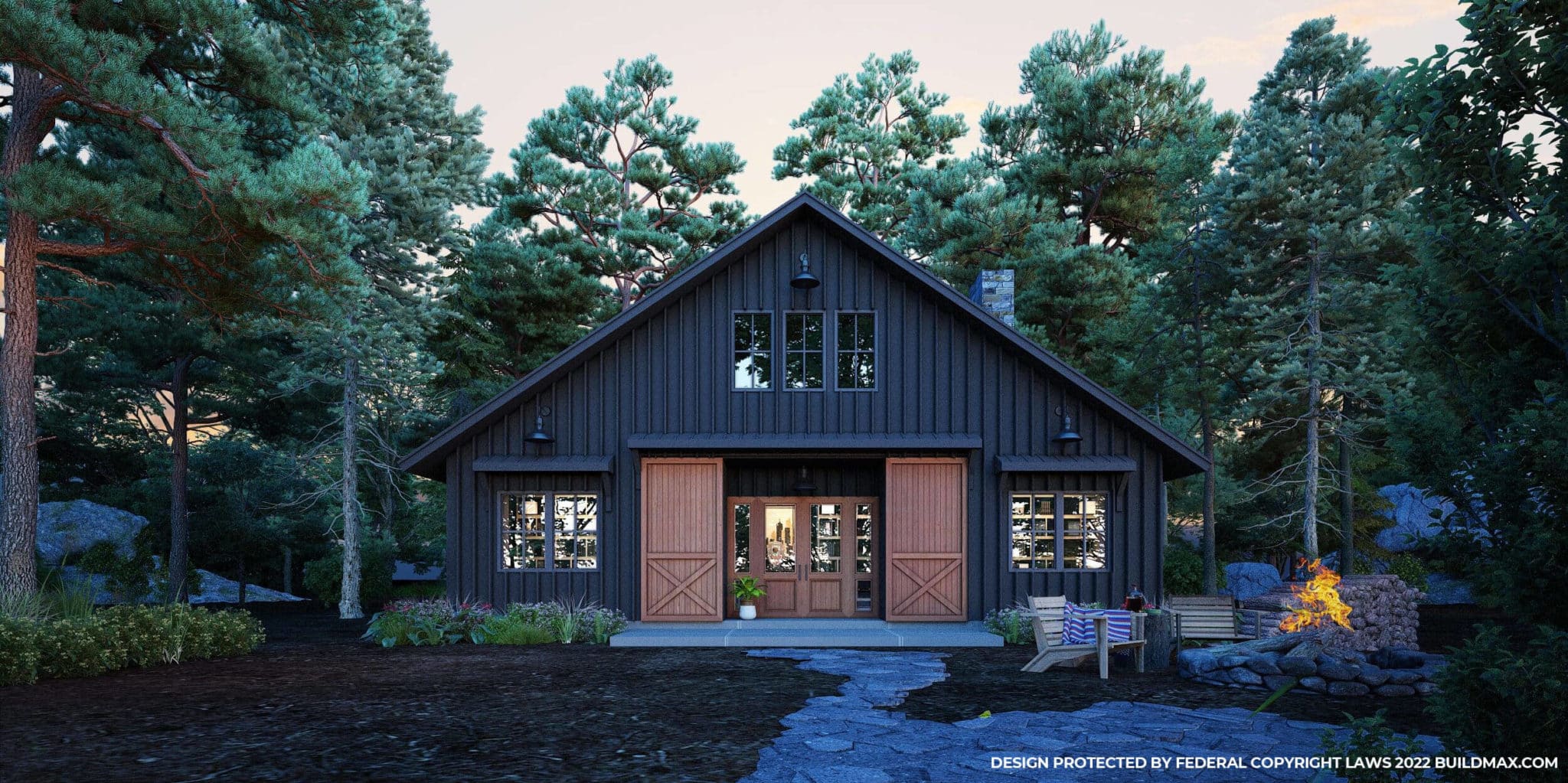Barndominiums Vs. Typical Homes: a Comprehensive Comparison of Lifestyle and Capability
The choice in between barndominiums and standard homes includes various factors, consisting of way of life preferences and useful needs. Barndominiums are defined by their open designs and flexibility, typically attracting those who focus on common living and adaptability. In contrast, standard homes provide an even more organized setting, which might better offer families looking for privacy and a sense of background. As we examine the price implications and ecological factors to consider, it ends up being clear that the selection extends past plain aesthetics and performance; it invites a deeper expedition of what absolutely specifies a home.
Review of Barndominiums
Barndominiums, an unique housing fad acquiring appeal throughout various regions, mix the rustic charm of barn-style style with the capability of modern-day space. These special structures normally include a steel or timber framework, integrating open flooring strategies and high ceilings with energy-efficient attributes. Often located on large country properties, barndominiums use home owners the opportunity to delight in a peaceful way of life while giving enough room for different activities.
The flexibility of barndominiums prolongs beyond their aesthetic appeal; they can offer as both living quarters and functional spaces for hobbies, workshops, or perhaps small companies. Their adaptive layout permits easy customization, accommodating varied family requirements and preferences. Lots of owners appreciate the low upkeep requirements connected with metal exterior siding and roof, contributing to long-lasting toughness.

Features of Conventional Residences
Stressing ageless layout and comfort, conventional homes are identified by their distinct building designs, which usually reflect historical impacts and regional aesthetics. Common features consist of in proportion facades, gabled roof coverings, and a focus on workmanship, resulting in a cozy and welcoming atmosphere.
Standard homes often integrate components such as crown molding, wainscoting, and hardwood flooring, enhancing their traditional charm. They typically include multiple areas with specified functions, advertising family interaction while allowing for privacy. visit site. The design typically consists of official living and eating locations, which are favorable to amusing visitors and holding family gatherings
Outside materials such as brick, timber, or rock are frequently utilized, adding to durability and a feeling of durability. Barndominium builder. Additionally, lots of conventional homes are made with front porches or stoops, promoting a feeling of community and connection with the community
Landscaping plays a significant function in standard home layout, with properly maintained gardens and pathways that enhance curb allure - visit website. In general, standard homes symbolize a feeling of fond memories and security, interesting those that value heritage and an extra organized living environment
Expense Contrast
Generally, a price comparison in between barndominiums and traditional homes exposes considerable differences in building and construction costs and total investment. Barndominiums, usually built from metal or steel frames, normally sustain lower material and labor prices than traditional homes constructed from timber and brick. The simplified style of barndominiums can equate to decreased construction times, additionally decreasing labor prices and accelerating occupancy.
Generally, the price per square foot for a barndominium ranges from $100 to $150, while standard homes can differ widely, generally dropping between $150 and $300 per square foot, depending on place, products, and layout intricacy. This cost variation makes barndominiums an appealing choice for budget-conscious buyers looking for larger space without giving up high quality.
In addition, barndominiums may cause lasting financial savings with reduced upkeep expenses, energy efficiency, and insurance policy prices. Their durable building and construction materials frequently call for less upkeep gradually compared to typical homes. It is important to consider that while first costs might be reduced for barndominiums, the last financial investment will likewise depend on individual modification and desired features, which can affect the general expenditure in both real estate types.
Lifestyle and Area Considerations
When thinking about way of living and area, barndominiums provide an one-of-a-kind flexibility that appeals to a variety of home owners. These hybrid frameworks integrate domestic dealing with practical space, often featuring open layout that can be adjusted to fit private requirements. This versatility is particularly helpful for family members or people seeking a customized living atmosphere, allowing for varied uses such as office, workshops, or entertainment locations.

Additionally, the aesthetic appeal of barndominiums can deal with both rustic and modern preferences, making them a flexible selection for numerous style choices (Barndominium repair). Inevitably, the option between a barndominium and a conventional home often pivots on how well each option aligns with the house owner's way of living goals and spatial demands, highlighting the importance of taking into consideration personal top priorities in the decision-making procedure
Ecological Effect and Sustainability
The environmental influence and sustainability of barndominiums present engaging advantages compared to standard homes. Mostly created from steel and various other long lasting products, barndominiums are typically developed using recycled resources, lowering the demand for new materials and minimizing waste. Their style typically emphasizes open areas, which can result in reduced energy usage for cooling and heating contrasted to conventional homes with even more segmented formats.
Additionally, barndominiums can incorporate lasting features such as photovoltaic panels, rain harvesting systems, and progressed insulation techniques, improving their energy effectiveness. The versatility of their layout permits home owners to incorporate these technologies more perfectly than in numerous traditional homes, which might require extensive retrofitting.
Furthermore, barndominiums typically call for fewer resources for construction as a result of their easier, much more effective styles. This not only lowers the carbon footprint associated with structure yet additionally adds to a much more sustainable lifestyle. In contrast, typical homes might include greater degrees of power expense and resource use throughout their lifecycle, from construction to upkeep. Generally, barndominiums represent a forward-thinking method to lasting living, straightening with contemporary environmental top priorities.
Conclusion
In summary, the option in between barndominiums and traditional homes hinges on specific way of living preferences and practical needs. Barndominiums, with their open layouts and sustainable products, cater to those seeking flexibility and public living.